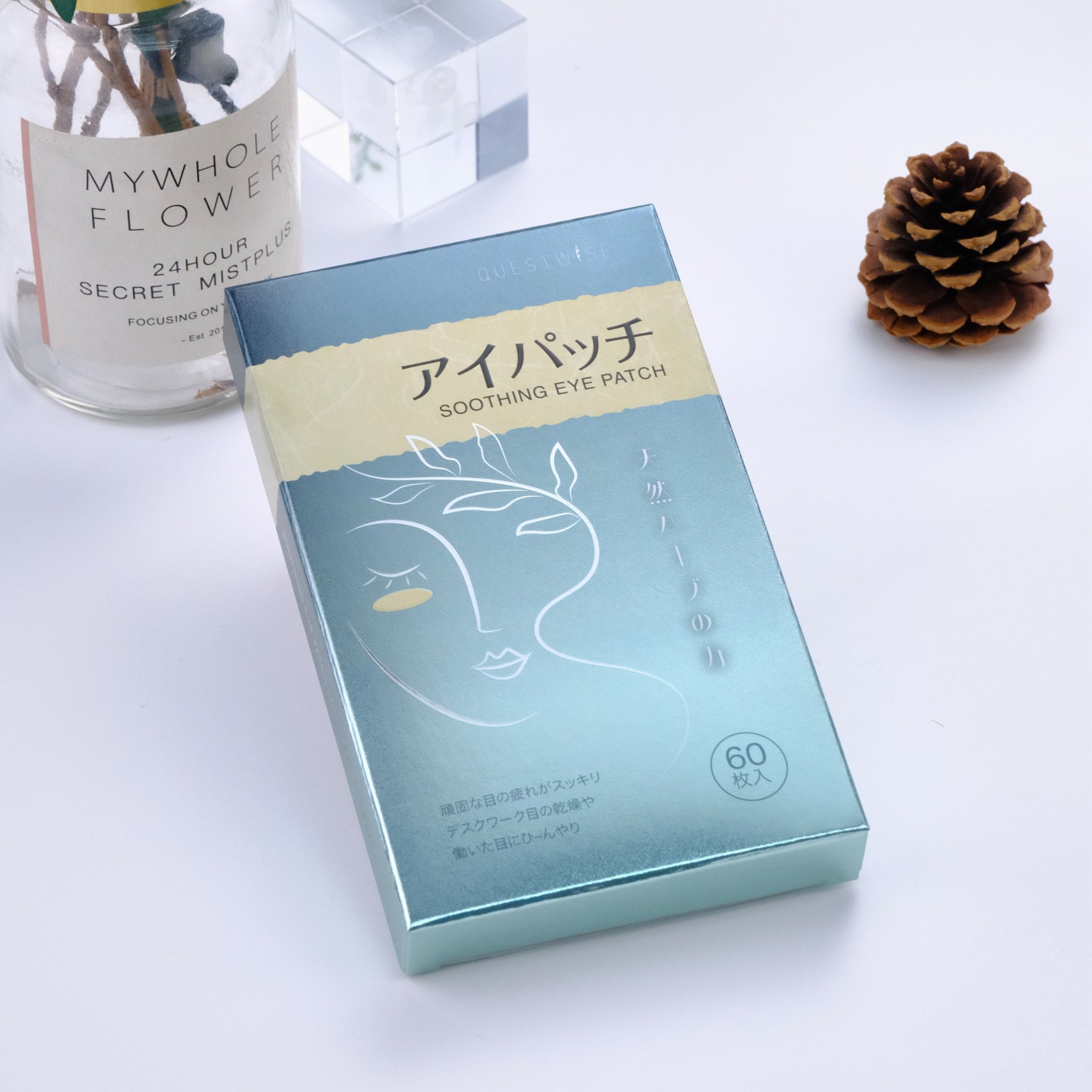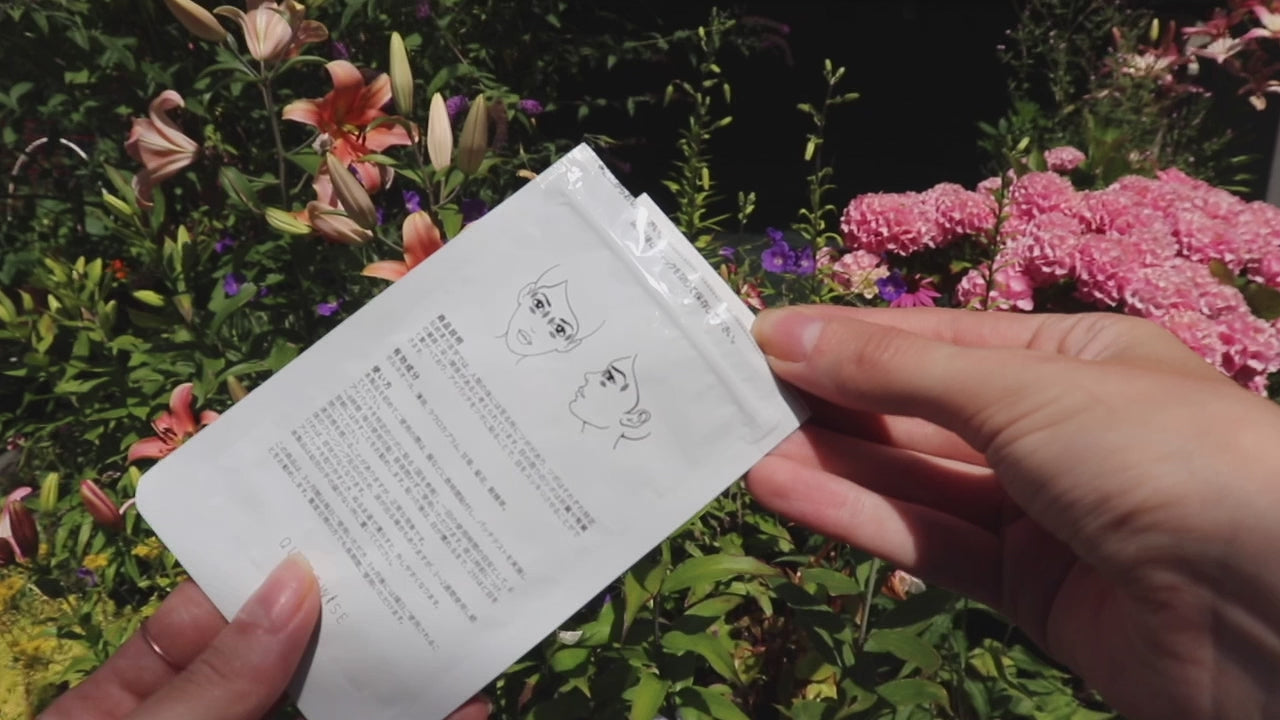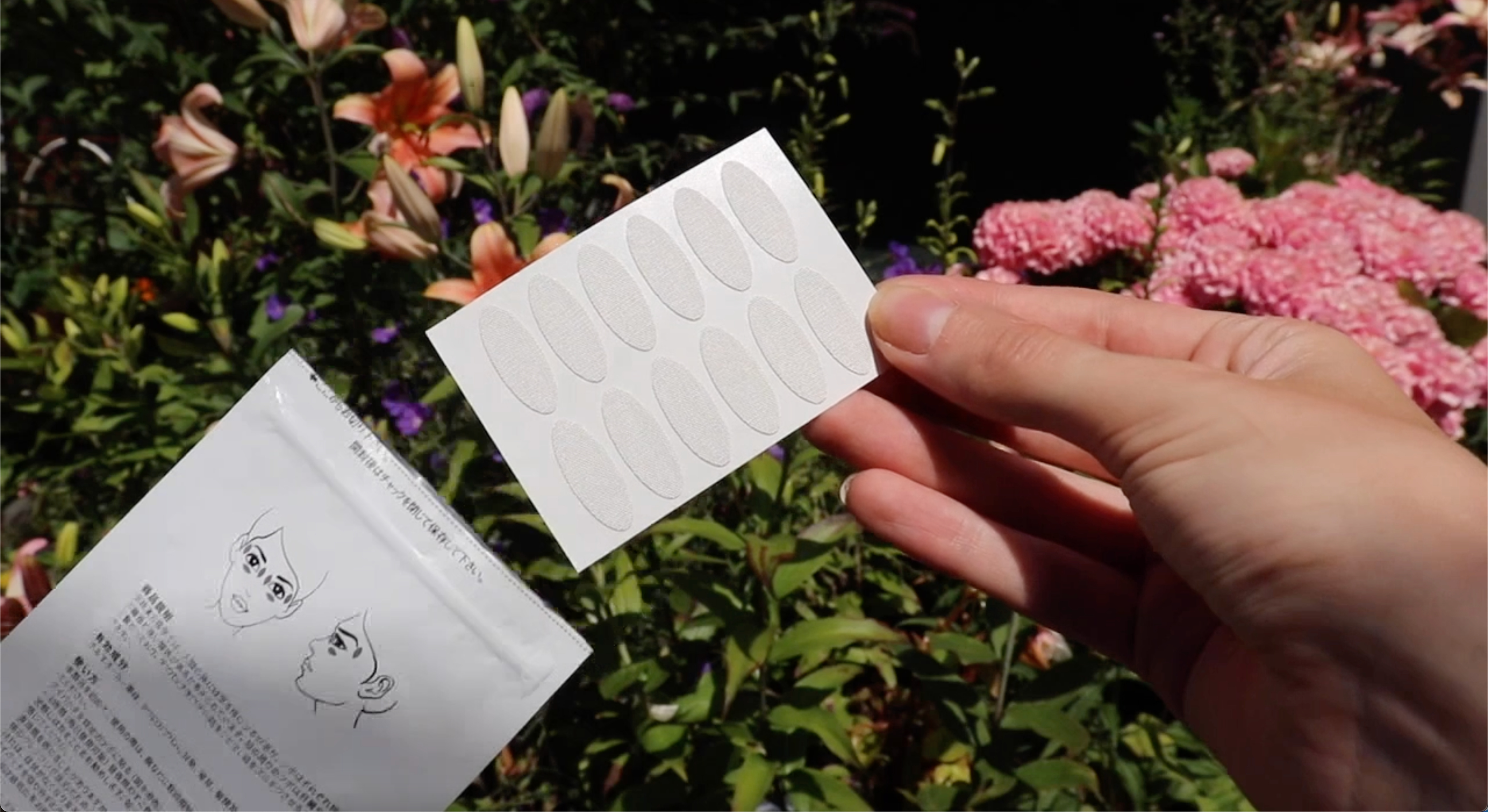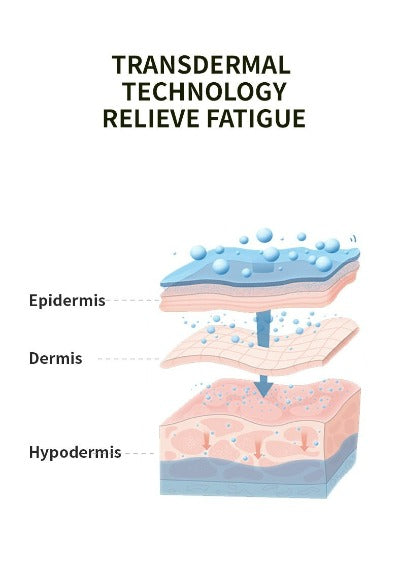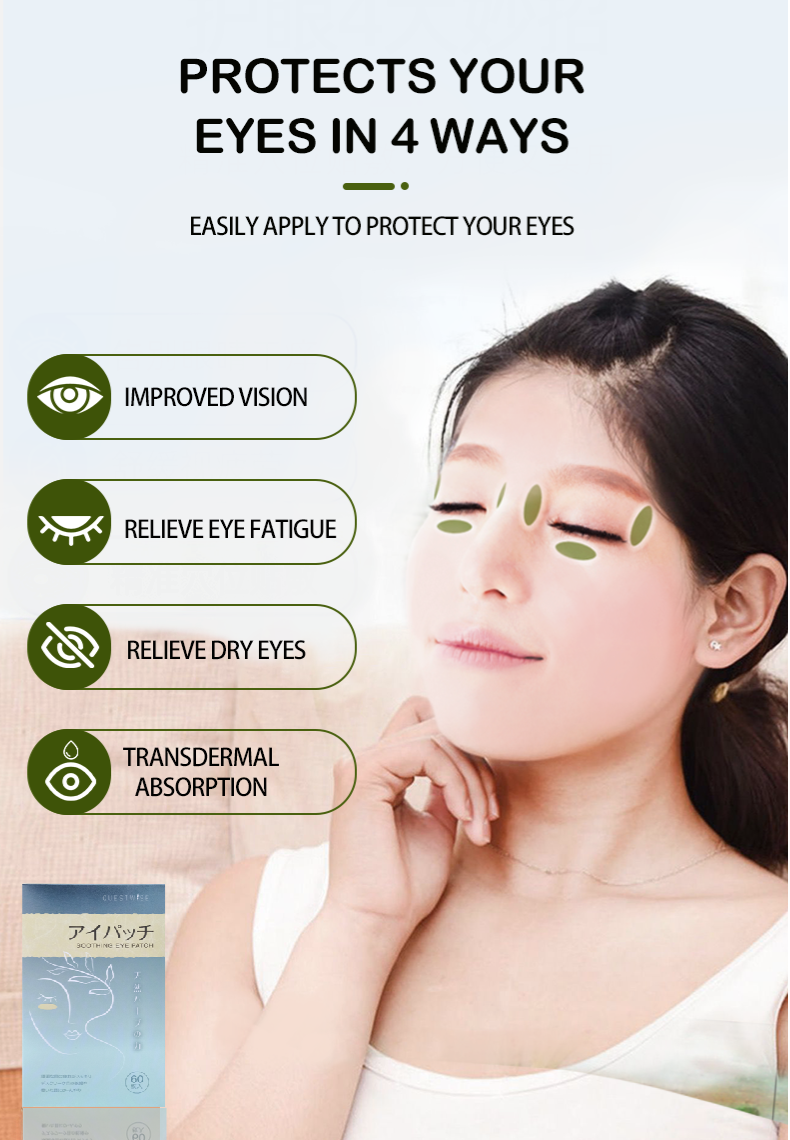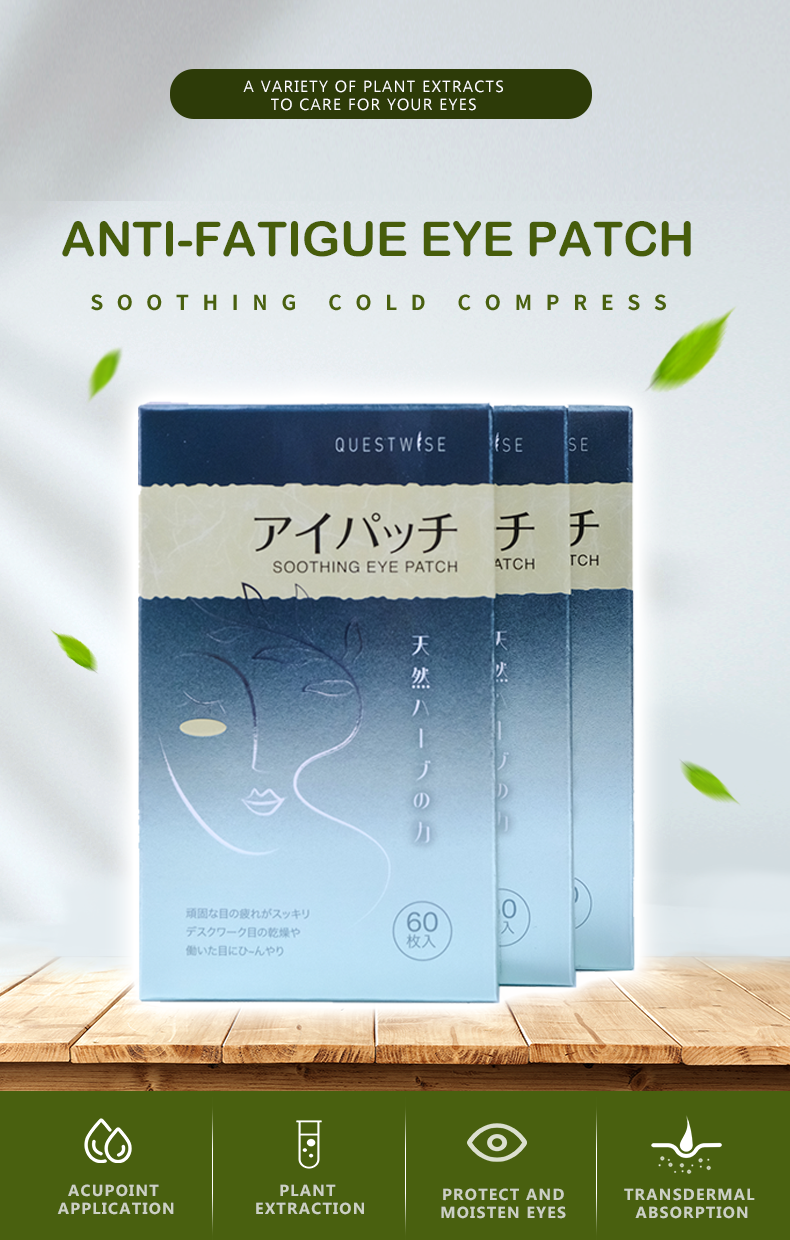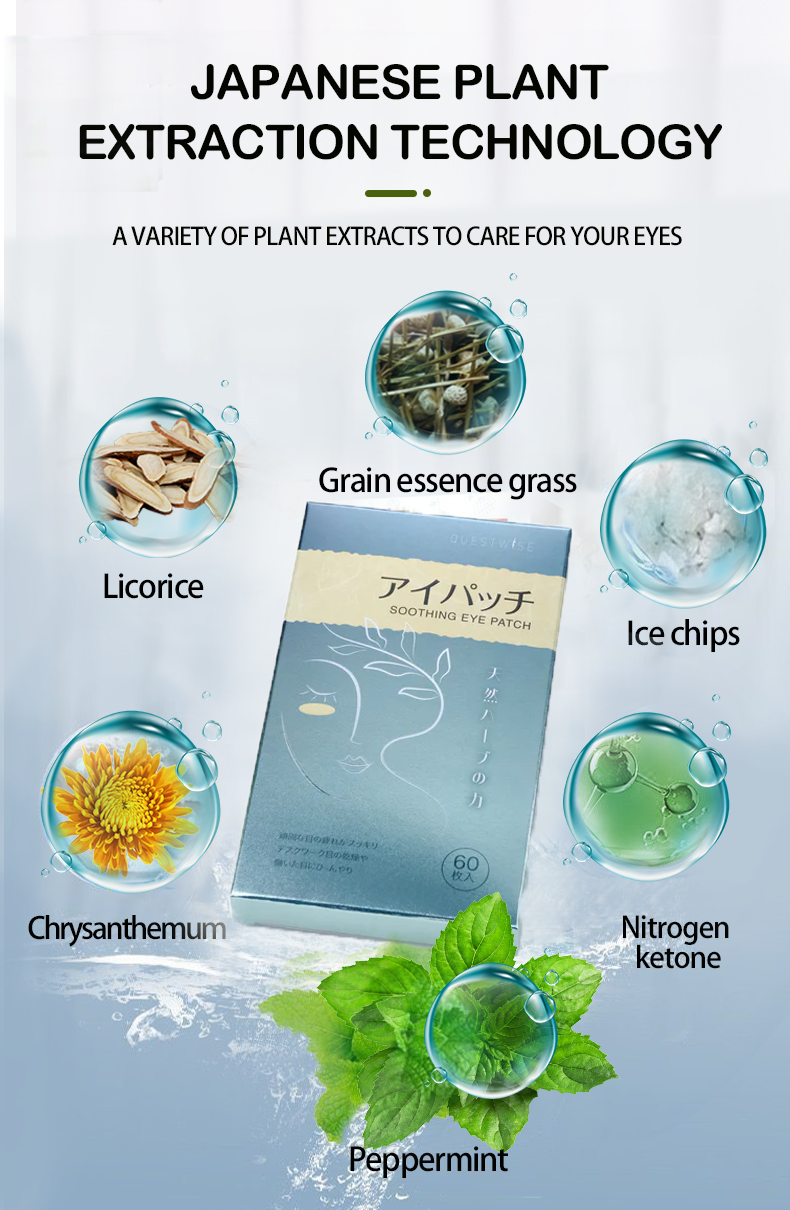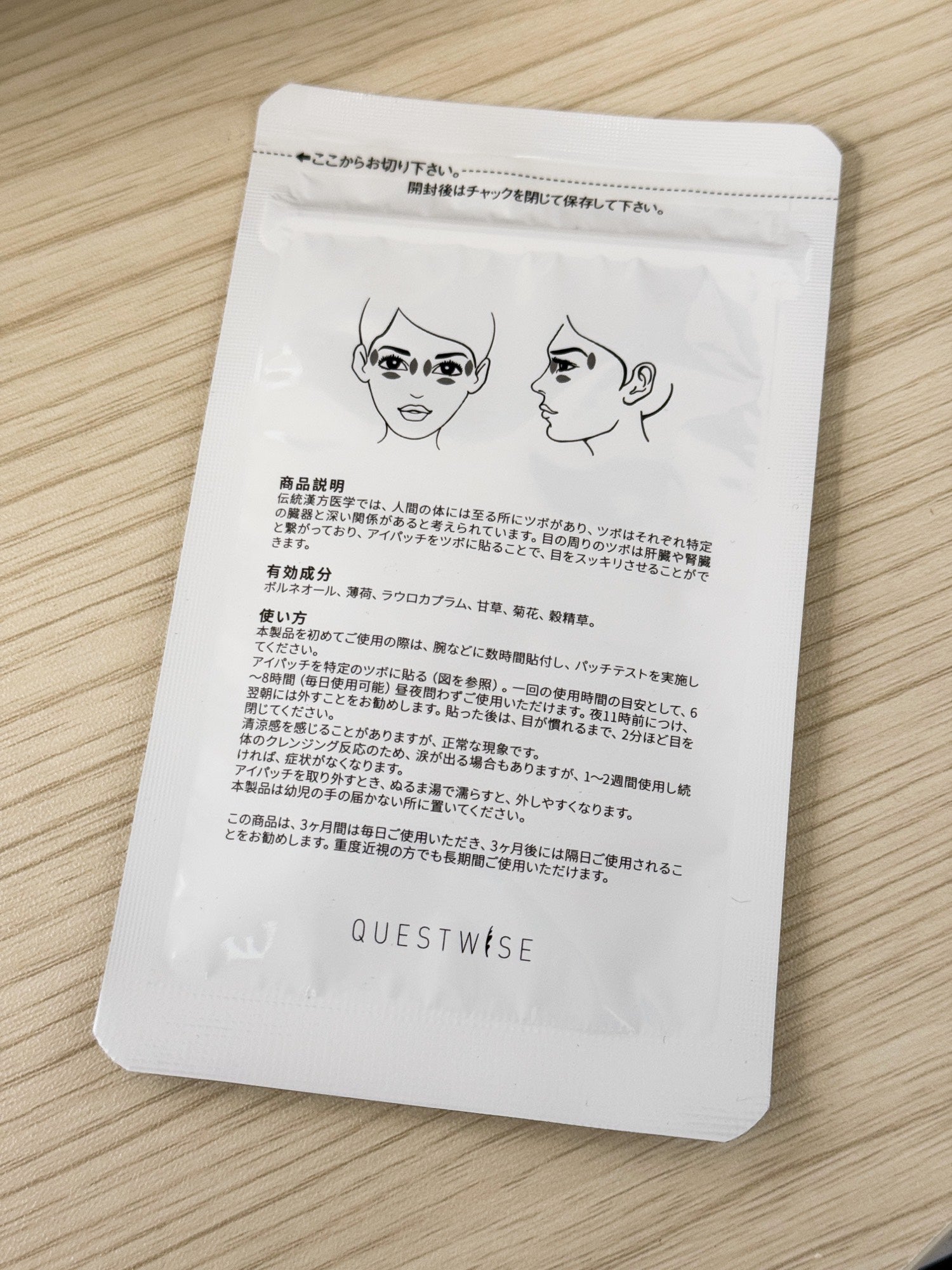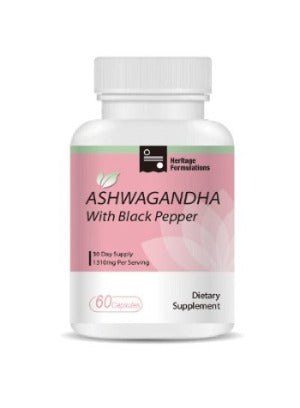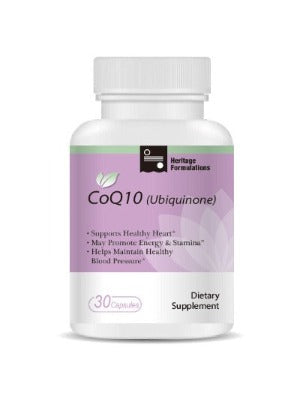How to Protect Your Eyes from Allergic Conjunctivitis Triggers
Allergic conjunctivitis, also known as allergic eye inflammation, is a common and often bothersome condition affecting millions. Characterized by itchy, red, watery eyes, it can significantly impact daily life, making even simple tasks feel challenging. Understanding and managing allergic conjunctivitis effectively involves identifying triggers, minimizing exposure, and utilizing soothing treatments. This comprehensive guide will equip you with the knowledge and strategies to effectively manage your symptoms and reclaim comfortable, clear vision.
Understanding Allergic Conjunctivitis
Allergic conjunctivitis is an inflammatory response of the conjunctiva—the membrane lining the inside of your eyelids and covering the white part of your eye—to allergens. These allergens, typically airborne particles like pollen, pet dander, dust mites, and mold spores, trigger the release of histamine and other inflammatory chemicals. This process leads to the hallmark symptoms: itching, redness, watering, swelling, and sometimes even light sensitivity. The severity of allergic conjunctivitis can range from mild discomfort to significant impairment of vision, depending on individual sensitivity and exposure levels. For some, it's a seasonal nuisance; for others, it's a year-round struggle.
Identifying Your Personal Allergic Conjunctivitis Triggers
Pinpointing your specific triggers is crucial for effective management. While common allergens exist, individual sensitivities vary widely. Keeping a detailed symptom diary can be incredibly helpful. Note the times you experience symptoms, the locations you were in, and any potential exposures. Consider factors like time of year (pollen counts vary seasonally), proximity to pets, changes in your home environment (new carpet, renovations), and exposure to different outdoor settings. This data will help you identify patterns and establish correlations between your symptoms and potential triggers.
Minimizing Exposure to Allergic Conjunctivitis Triggers: A Proactive Approach
Once you've identified your triggers, you can take proactive steps to reduce exposure. This involves both indoor and outdoor strategies.
- Outdoor Strategies: Check daily pollen counts, especially during peak allergy seasons. Plan outdoor activities for times when pollen levels are lower (early morning or late evening). Wear sunglasses to reduce allergen exposure and protect your eyes from irritants. After spending time outdoors, thoroughly wash your face and hair to remove pollen and other allergens.
- Indoor Strategies: Regularly clean your home, paying particular attention to areas where dust mites and pet dander accumulate (bedding, carpets, upholstery). Use dust mite-proof covers for mattresses, pillows, and box springs. Regularly vacuum and mop floors. Consider using an air purifier with a HEPA filter to remove airborne particles. Keep pets out of bedrooms, and bathe them regularly.
Soothing Your Eyes with Wise Quest Soothing Eye Patches
Even with meticulous prevention, occasional flare-ups can occur. This is where soothing relief becomes essential, and Wise Quest Soothing Eye Patches offer a natural and effective solution. These patches are infused with the healing power of traditional Chinese herbal medicine, designed to address eye fatigue, dryness, astringency, redness, and swelling. The carefully selected blend of herbs promotes healthy blood circulation in the eye area, providing significant relief from the discomfort associated with allergic conjunctivitis.

Using Wise Quest Soothing Eye Patches is simple and relaxing. The gentle application allows the herbal ingredients to work their magic, soothing irritated eyes and promoting a sense of calm. They're a perfect complement to your overall allergic conjunctivitis management plan, offering on-demand relief and helping you regain comfort.
Additional Tips and Considerations
- Artificial Tears: Using over-the-counter artificial tears can help lubricate your eyes and relieve dryness.
- Cold Compresses: Applying cool, damp compresses to your eyes can help reduce swelling and soothe itching.
- Avoid Rubbing Your Eyes: Rubbing your eyes can worsen inflammation and potentially damage the delicate tissues of the eye.
- Consult a Healthcare Professional: If your symptoms are severe, persistent, or accompanied by other concerning symptoms (vision changes, pain), consult an ophthalmologist or allergist. They can provide a proper diagnosis, rule out other conditions, and recommend appropriate treatment options, potentially including prescription medications.
By combining proactive exposure reduction strategies with soothing treatments like Wise Quest Soothing Eye Patches, you can effectively manage allergic conjunctivitis and enjoy clearer, more comfortable vision. Remember, consistent effort is key to controlling your symptoms and improving your quality of life.


